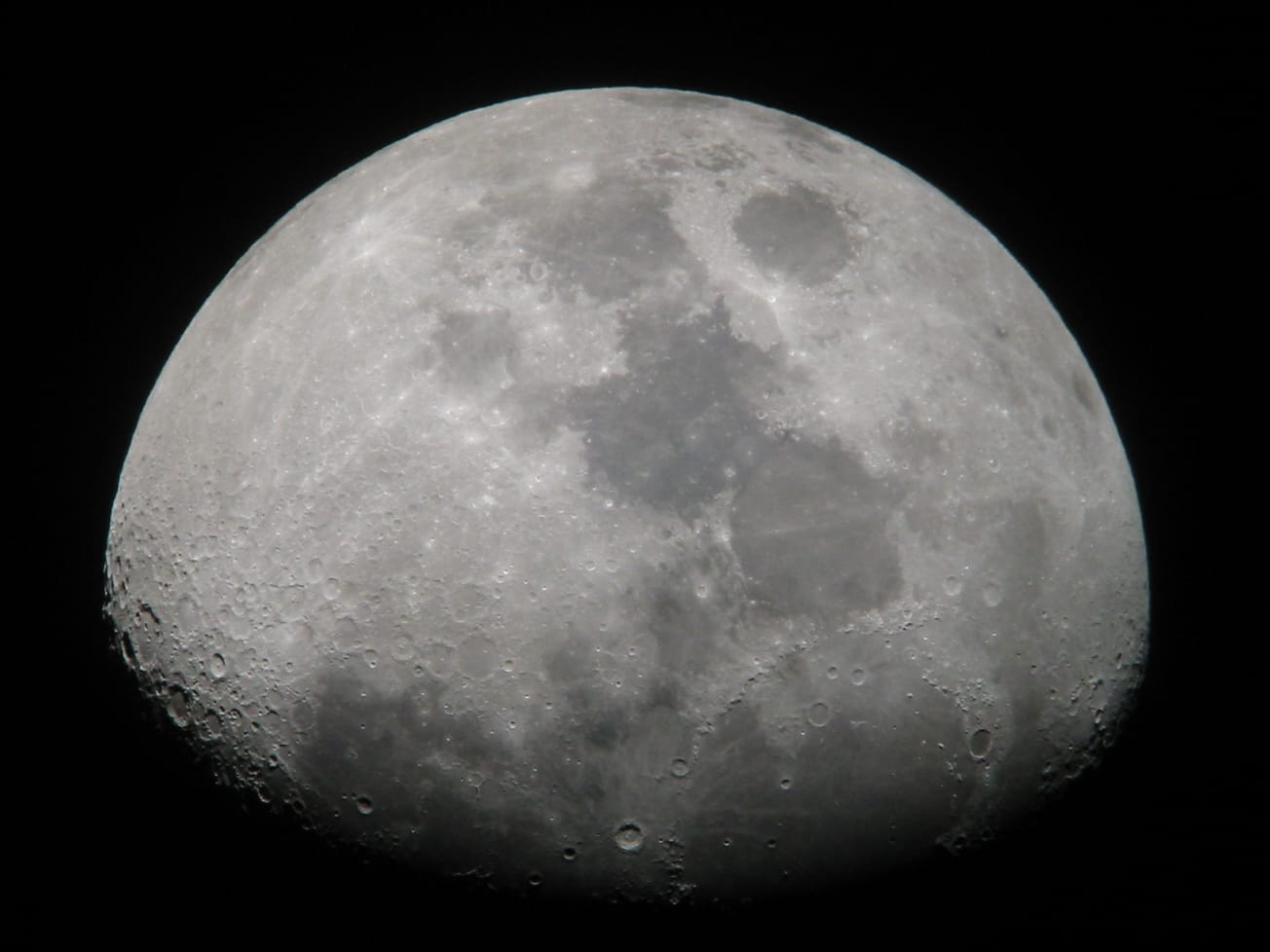By Miles Gilroy, First year, Astrophysics
SciTech introduces lunar geology, focussing on the Moon's rock formations that defy conventional understanding.
Lunar geology is the study of rock formations on the Moon with the aim of understanding how the Moon formed and evolved and how it will continue to change throughout its life. As with any field of science, seemingly impossible mysteries arise that can stump scientists for years or even decades. One such mystery that has been evading scientists since as early as the Apollo missions in the 60s and 70s is the existence of a specific rock type on the lunar surface that, based on countless past experiments, shouldn’t exist, at least on the surface.
However, the joy of science is that there is always an answer, no matter how baffling the problem, and the answer to this enigma has recently been solved by a team led by the University of Bristol and the University of Münster in Germany.
The problem involves a specific rock type that is scattered all over the lunar surface, known as 'high-Ti basalt' due to its high titanium content. High-Ti basalt was first discovered during the Apollo missions when rock samples were brought from the Moon back to Earth to be studied. Since then we have made great strides in understanding the process leading to the generation of these rocks except for one critical part: how they exist on the surface.
Ilmenite-bearing cumulates (clumps of a titanium-iron oxide mineral) are often named as the source of high-Ti basalts. But experiments performed back on Earth to simulate the generation of high-Ti basalts this way yield products which are not compositional matches to high-Ti and are too dense to have possibly been erupted to the surface, hence the confusion surrounding their existence there.
The ground-breaking research performed by the team that solved this problem identified a reaction critical to controlling the composition of high-Ti basalts and allowing them to exist on the surface. This reaction would have occurred in the lunar interior around 3.5 billion years ago leading to the creation of high-Ti magma in the mantle that would have been sufficiently low in density to have been able to erupt to the surface back in the Moon’s volcanically active phase, becoming basalt once it cooled.
Since the lunar mantle is rich in many different elements, rocks that form there are composed of several different elements and compounds which each have different melting points, making them susceptible to partial melting. Attempts to recreate high-Ti basalts have previously assumed a process of equilibrium partial melting, which occurs when the melted parts of the rock remain in contact with the solid parts and can therefore react. In the case of the production of high-Ti magma in the lunar mantle, this reaction involves the exchange of iron in the magma with magnesium in the solid olivine and orthopyroxene (magnesium rich minerals) rocks surrounding it. Hence, equilibrium partial melting would result in magma with a high magnesium content.
However, the team led by professor Tim Elliot of UoB and Dr Martijn Klaver of the University of Münster used high-precision isotopic analyses to find that the magnesium content in high-Ti basalt is too low to be consistent with equilibrium partial melting. This discovery lead to the conclusion that the process that occurred in the lunar mantle over 3.5 billion years ago actually followed a kinetic isotope fractionation model meaning the magma was separated from the solid rocks, reducing the capacity for the Fe-Mg exchange, a reaction that increases the density of the magma.
This new understanding of the process behind the generation of high-Ti basalts explains their previously unexplainable low density and therefore their presence on the lunar surface. The mystery of high-Ti basalts has been solved.
Featured image: Flickr / Greg Hewgill
What fascinates you about the Moon's rock formations?







